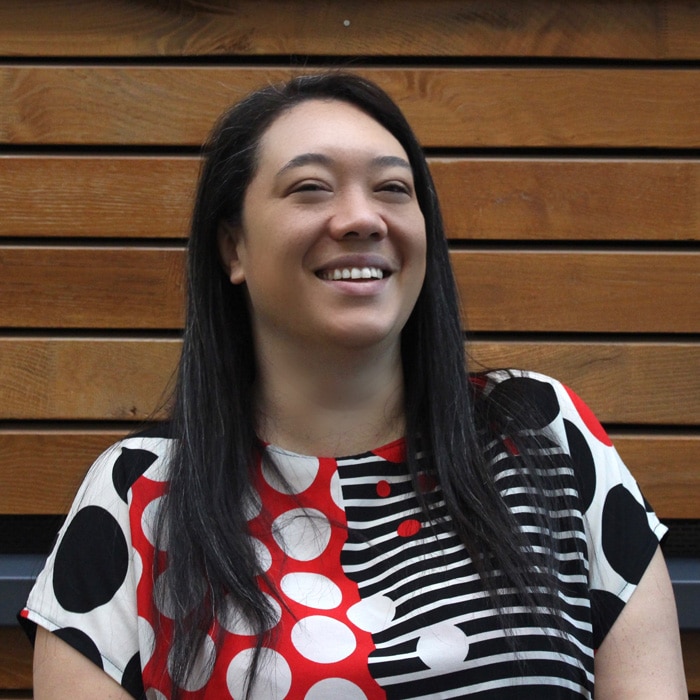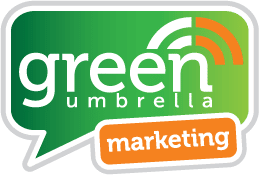The great branded hashtag debate

The great branded hashtag debate

Just so we’re clear – I am NOT against businesses creating and promoting their very own hashtags… But, as with everything you do online for your business, there should be a strategy behind it!
Let’s rewind – over the last two weeks I have been asked by two very different brands whether they should be promoting a branded hashtag.
Scenario One – Yes. They are a B2C business with experiential services. They have a large established following and a very active and engaged organic audience.
Scenario Two – No. This is a sole trader offering a fairly bespoke, niche B2B service. As much as everyone who needs his services should be aware of the brand, it makes more sense that any interaction with the brands would be far more discreet.
Why use a Branded Hashtag?
This is the ultimate question, and there are various reasons. Top of the pile, in my opinion, is for brand awareness. However, there are other reasons such as promoting events and community involvement. The reality is more often than not you will create a brand hashtag because you want your audience to post and engage with you.
Scenario One – They want to use a hashtag so their staff, volunteers, customers and stakeholders can share content relating to their experiences.
Scenario two – The hashtag is to be used to mark all content shared by the brand under one hashtag.
Conclusion to the question of ‘Why use a branded hashtag?’ is that we should go for it in scenario one – however in scenario two, as a niche B2B service provider we know the audience is unlikely to share content and so should we look at the content under the hashtag, we are likely to only find content shared by the official brand profiles. Given the audience of the brand we also know that the likelihood of the hashtag being shared on core profiles (LinkedIn and Twitter) is likely to be limited.
Rules for creating your branded hashtag
- Make the hashtag work across all social networks. – This may not be possible, but if you know your audience, you should be able to prioritise Instagram, Facebook, Twitter and LinkedIn dependant on where you think the hashtag will be used the most and make it most relevant in order of those platforms. The reality is that your hashtag will be less successful on some social networks than others.
- Research your hashtag – Has it been used before? Is it likely to be used in the future? We attended an event where this hadn’t been done, right on cue during a keynote, suddenly images of female bodybuilders appeared within the Twitter wall behind the speaker. (#Awkward)
- Look at your hashtag from every angle – Sometimes a hashtag can spell out something very damaging for your brand! In the case of Amazon, they looked at their hashtag and decided to play on the fact that #Amazonshitcarshow had an alternative message. However, other brands have not been so lucky – everyone remembers the Susan Boyle Album Party hashtag…
- Be creative – the best brand hashtags out there are not the brand names! Have you heard of these? #TakeABreak (yep – it’s the KitKat hashtag!) I’d also forgotten about #TweetFromTheSeat which trended for a while – that one belonged to Charmin!
- Measure, measure, measure – What’s the point of putting all the thought and effort behind sharing a hashtag if we then don’t make sure it’s working?!?
Speaking of measuring your hashtags – I wrote a blog not too long ago related to listening strategies, but when it comes to hashtags specifically you can use Hashtagify or Tweetreach, which both have limited free options. Or if you’re looking at long-term measurements and are prepared to invest in your monitoring tools, Keyhole, Meltwater or Agora Pulse are also good options.
My advice on branded hashtags…
If you go down a branded hashtag route – I advise making it part of a specific campaign or ensure your ongoing campaigns always include it as much as possible. Branded hashtags work best when they are intended to be used by your followers to engage with you, ultimately allowing you to crowdsource authentic content.
If you are honest, and think you are the only person likely to use your hashtag, then no one will follow it – not even you. Then I’d say go back to the drawing board and maybe introducing a branded hashtag right now isn’t for you.

Christina Robinson is the Managing Director of Green Umbrella Marketing. She provides Social Media Training and Coaching for a range of clients throughout the UK.
Share this!

